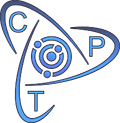The third International Conference «Physical and Technical Informatics (CPT2015)» was held in the city of Larnaca (Republic of Cyprus) at the Princess Beach 4-stars hotel from 10 to 17 May 2015.
Our conference once again confirmed that, despite the emerging of socio-economic conditions, the trend of multifaceted scientific and practical research is only strengthening, the range of topics of work is expanding, and pragmatics often prevails. And there is no limit to the increase in the strength of desires to find something unusually new and put on the result of creation the royal crown of scientific triumph.
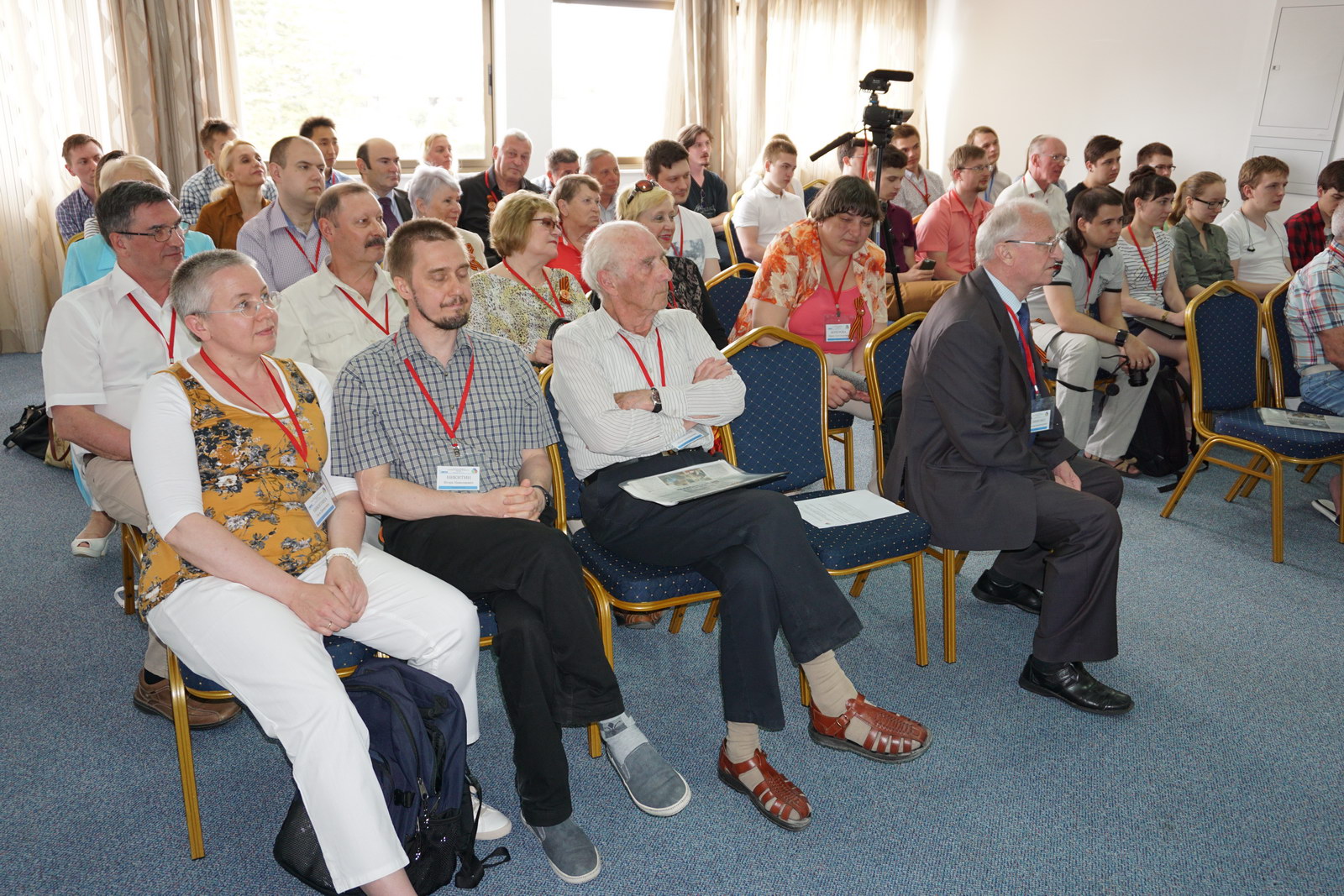
In the most difficult situations, only scientific logic and analytics can help. If you know it and apply it correctly, then a big problem is broken down into many small parts, each of them is handled by a smart guy or a group of people, and then the results of solutions are brought together into a brilliant whole. What parts of the big whole did the conference participants please us this time?
There is always something missing to the whole, but it turns out that there is a hardware and software complex of augmented reality. It was proposed to use it for surgery. It makes it possible to broadcast three-dimensional video during the operation, build a map of the depth of the operating field in real time, and use augmented reality glasses. What could be more important than improving health?

Many have heard of stem cells. However, there are still white spots in the regulation of planarian stem cells by physical and chemical factors. An adequate model is proposed considering the strict regulation of cultivation conditions and certain experimental parameters. The model shows several interesting results, for example, that the transformation of the projected area of the regenerating fragment into the projected area of the blastema occurs through the migration of neoblasts from the regenerating fragment into the blastema. This allows you to form a scheme for the desired regeneration.
The study of the features and advantages of the combined use of tracking systems for the movement of the head, body and eyes of the operator in the installations of the virtual environment, as shown, contributes to the development of the quality of the human-machine interface with the possibility of conducting experimental measurements of the perception of the virtual space.
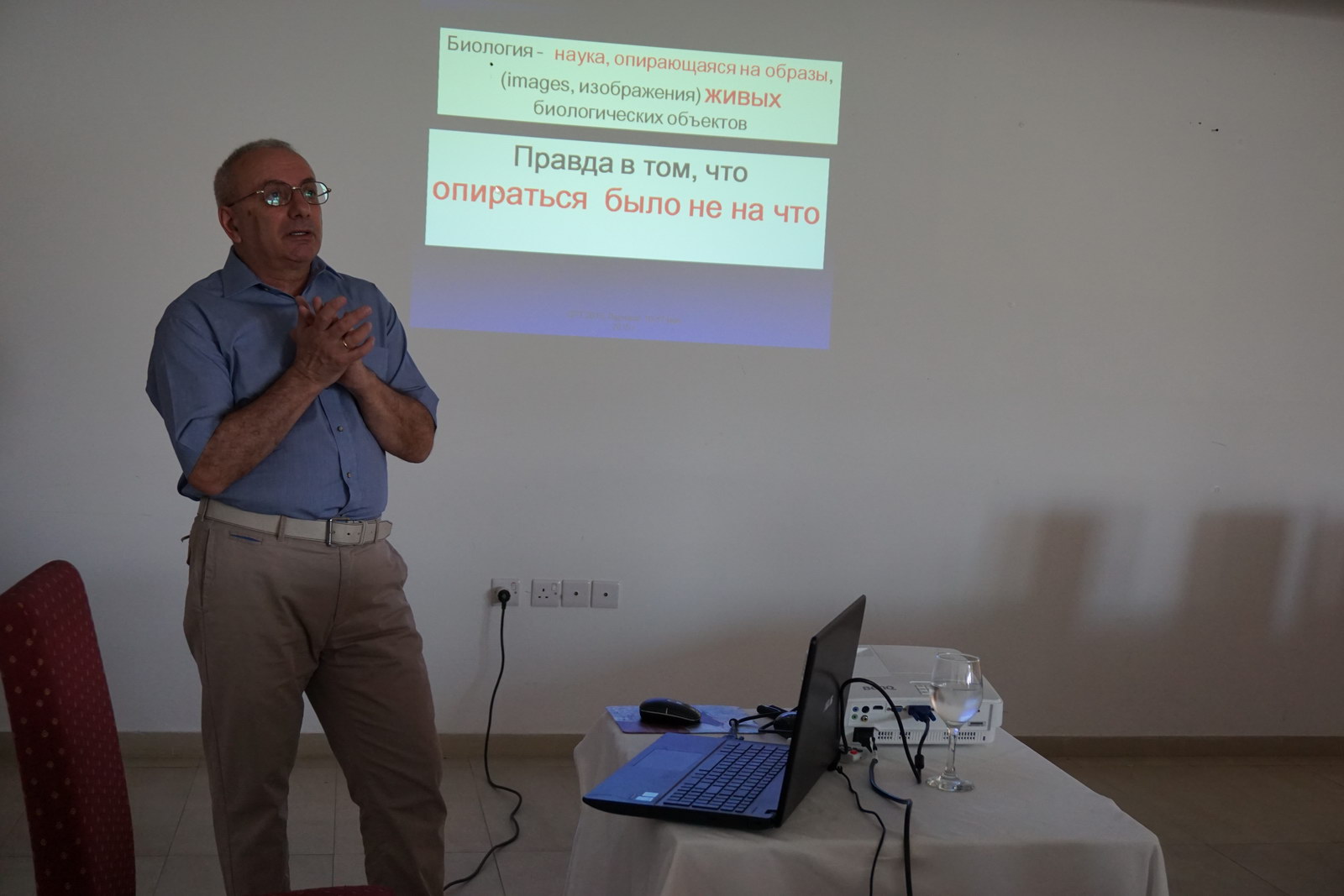
Hybrid runtime-sharing emergency composite scheduling methods accelerate and improve the quality of emergency computations of multiple dependent tasks in heterogeneous distributed computing environments with runtime constraints. The concept of a model of master data about a person for the tasks of e-government will clearly help to solve a number of complex problems of the development of e-government, for example, increasing the coherence and consistency of government data.
The methodological potential of the anthropic principle as applied to the Earth and the biosphere penetrates the sphere of general scientific (including humanitarian) culture and reveals the methodological potential as applied to the Earth and the biosphere. The biosphere, in the light of the anthropic principle, was highlighted as a single gigantic, precisely adjusted eye, which could arise only immediately and entirely, before all its constituent parts. It is this approach that increases the optimism of seekers of the mysterious whole.
A mechanism for proactive assessment of damage to the population living around the nuclear power plant, which may occur because of exposure to radioactive substances, is proposed. This mechanism helps to nearly eliminate the source of potential danger. A methodological approach to the assessment of radiation doses has been developed.
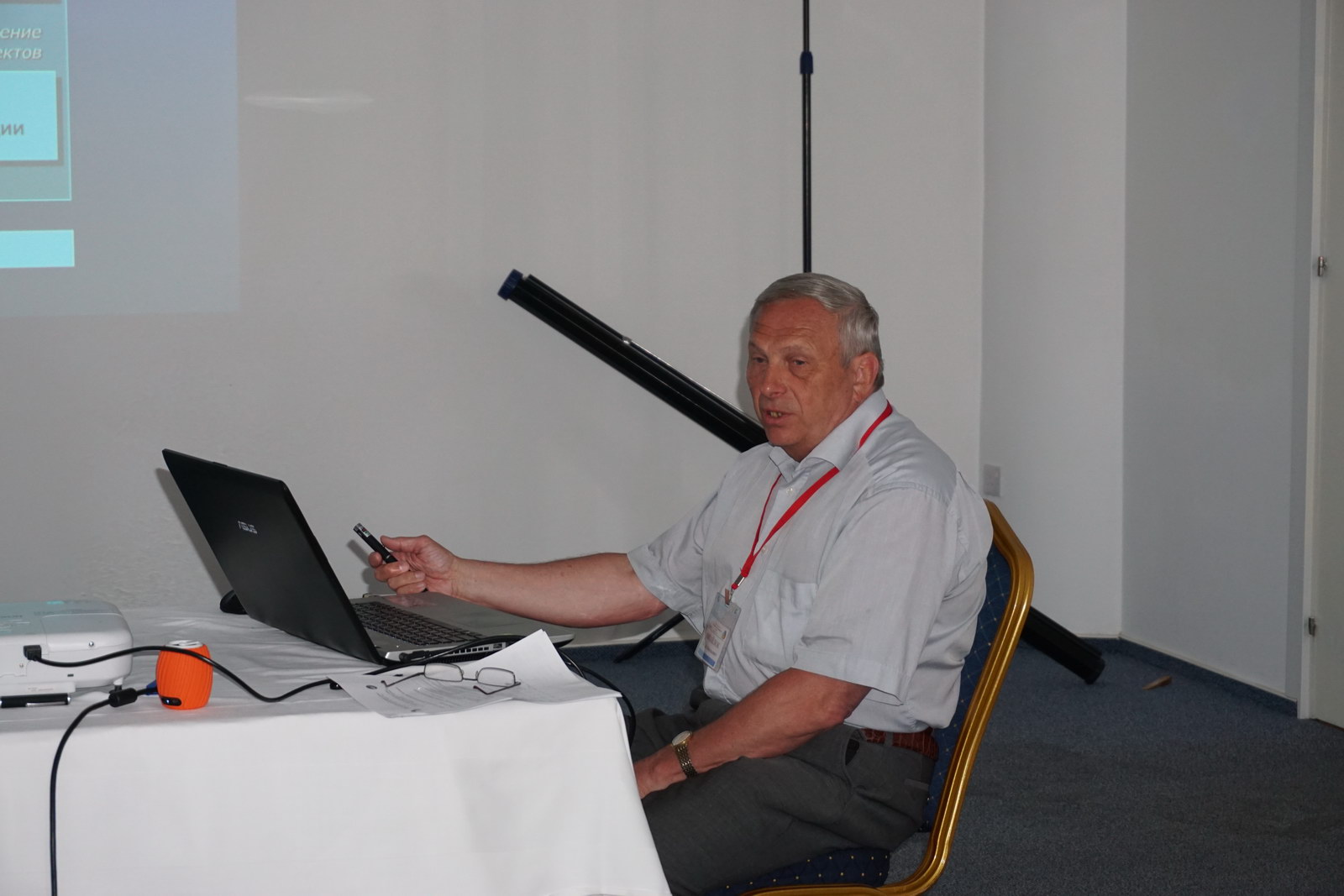
The use of a ski simulator tracking system to determine the level of an athlete or fine motor skills in real time in various important areas of activity, such as: astronautics, medicine, is not new. At the same time, it is shown that these systems can be useful as recommendation or training systems. This paper discusses how to use such data to determine the level of a skier. And when designing applications that serve medicine, you need to analyze existing technologies and select from them the most suitable in terms of function.
The learning capabilities of the Boltzmann machine are limited in practice, but these problems can be solved by applying the architecture of the restricted Boltzmann machine. In this architecture, connections exist only between hidden and visible neurons, but there are no connections between neurons of the same class. Deep networks of trust can be obtained by superposition and further training using the error backpropagation algorithm.
To embrace the whole, one must go beyond stereotypes and beyond the boundaries of the immediate environment. The cryosphere is the part of the planet Earth, where water is in a solid state in the form of ice. Such conditions allow living organisms to survive for a long period of time. Understanding the mechanisms of bacteria protection during such storage has great potential in various fields of medicine.
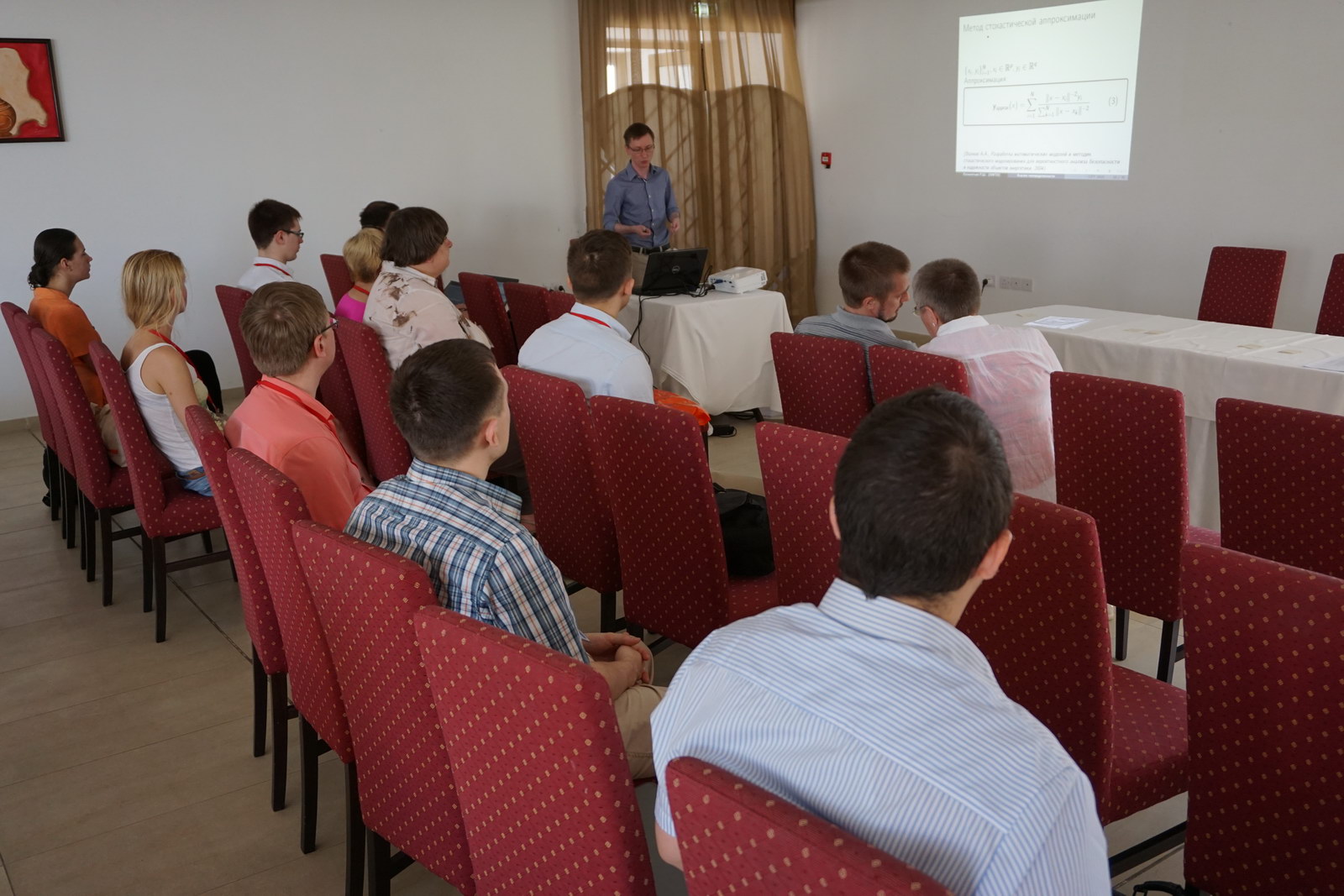
The dependence of civilization on catastrophes is growing. Such a statement is not conducive to optimism. At the same time, the increase in the number and intensity of natural disasters testifies to the fact that the first half of the twentieth century was distinguished by ideal geological and climatic stability. However, in all formations of rocks, traces of giant and transient water disasters of a global scale are found. The growing complexity of the technosphere increases the risk of a catastrophic outcome for it. The stability of civilization increases the preservation of archaic technological structures and archaics. Tourism can save them.
The problems of biological safety in the Russian Federation are still relevant. The conclusion is made about the need to deploy new large-scale programs in the field of biological safety.
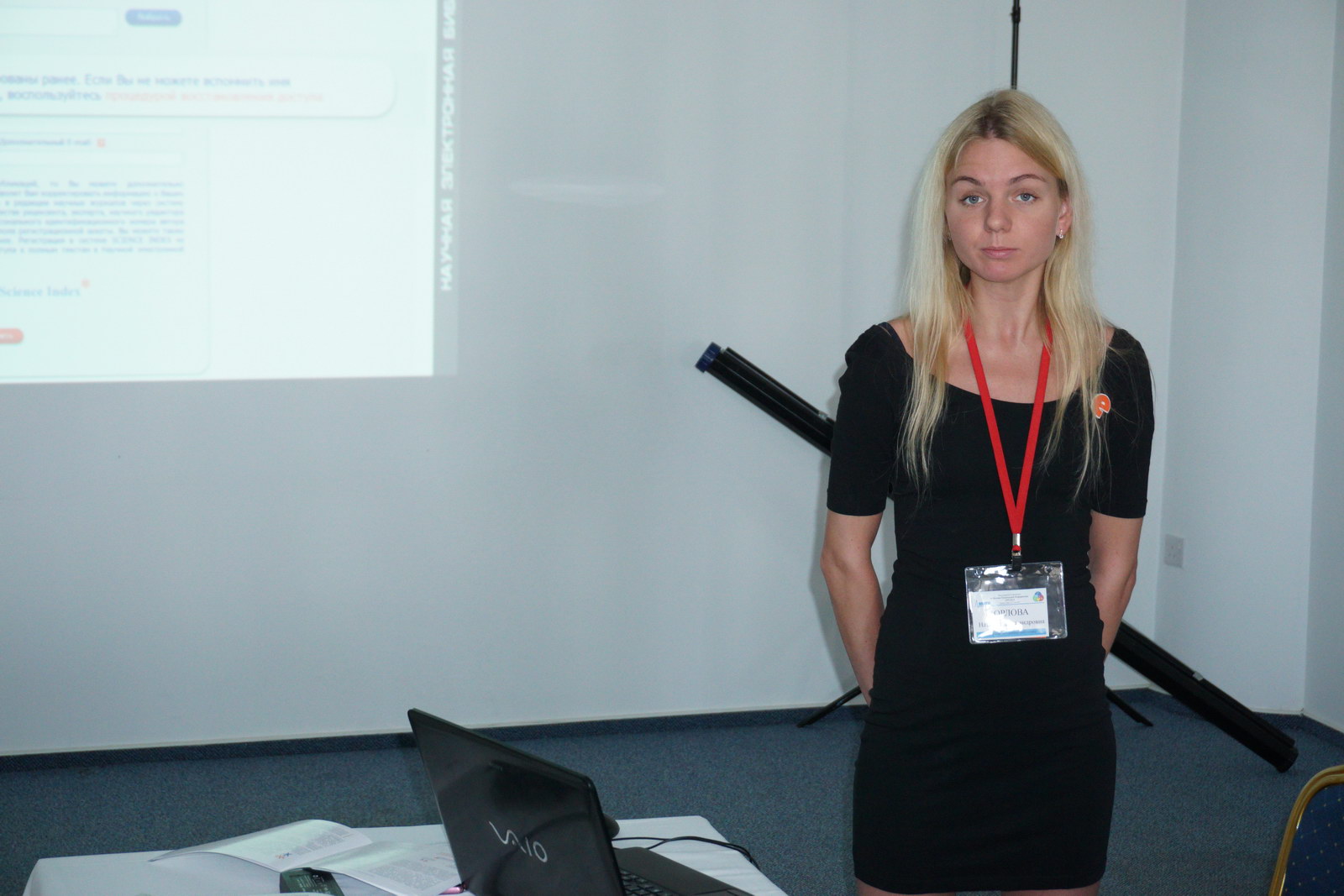
The tachyon model of dark matter is thought-provoking. A spherically symmetric stationary problem in general relativity is considered, including a black hole of the Schwarzschild type. Calculations in the weak-field limit show that the resulting concentration of matter in this model leads to gravitational effects equivalent to the presence of a dark matter halo around a black hole. In particular, the model reproduces asymptotically constant rotation curves of galaxies in the limiting case.
Key dates

- Deadline for accepting materials for section reports
03/15/2015 at 23:59 Moscow time
- Review materials and notify participants
03/22/2015
- Acceptance of final versions of articles
until 10.04.2015
- The final decision of the program committee on the acceptance of articles for participation
04/22/2015
- Publication of the conference program
05.05.2015
Contacts
For organizational matters, you can contact the Executive Secretary of the Conference, Maria Berberova
e-mail: maria.berberova@gmail.com,
Ph.: +7 (916) 507-57-99
Conference program
The full program of the event is available here:
Proceedings of the Conference
Proceedings of the International Scientific Conference CPT2015 are available by clicking the button:
Accommodation
Hotel «Princess Beach 4*» is part of the Louis Hotels chain. In 2008 the hotel was completely renovated. The sandy beach that stretches along the entire tourist area of Larnaca, the width of the beach is about 20 m. Not far from the hotel are Larnaca Castle and Lazaros Church. Also nearby are Finikoudes Beach and Europe Square. The very attentive staff of the entertaining kids club is engaged with the young guests of the complex throughout the day. A varied daytime and evening program for adults and children: Cypriot nights, international shows and much more. Located right on the waterfront in the center of the resort area, close to shops and restaurants, the complex is very suitable for families.
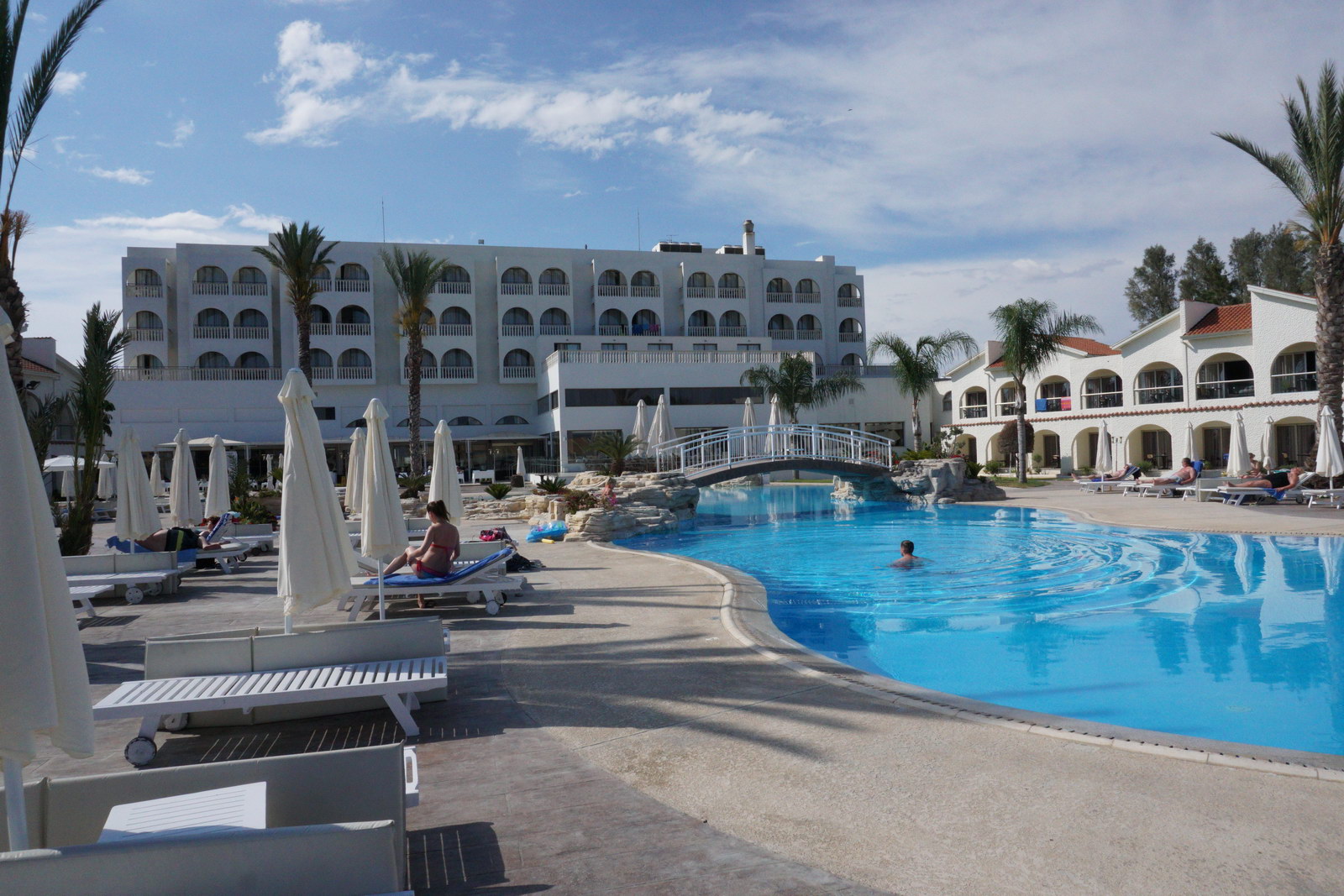
The hotel is located in the tourist area of Larnaca resort on the sandy seaside and provides all the amenities for a good rest away from the bustle of the city. In the immediate vicinity of the hotel there are nightclubs, bars, taverns and restaurants. Near the hotel there are a lot of restaurants, bars, shops, along the sea promenade stretches.
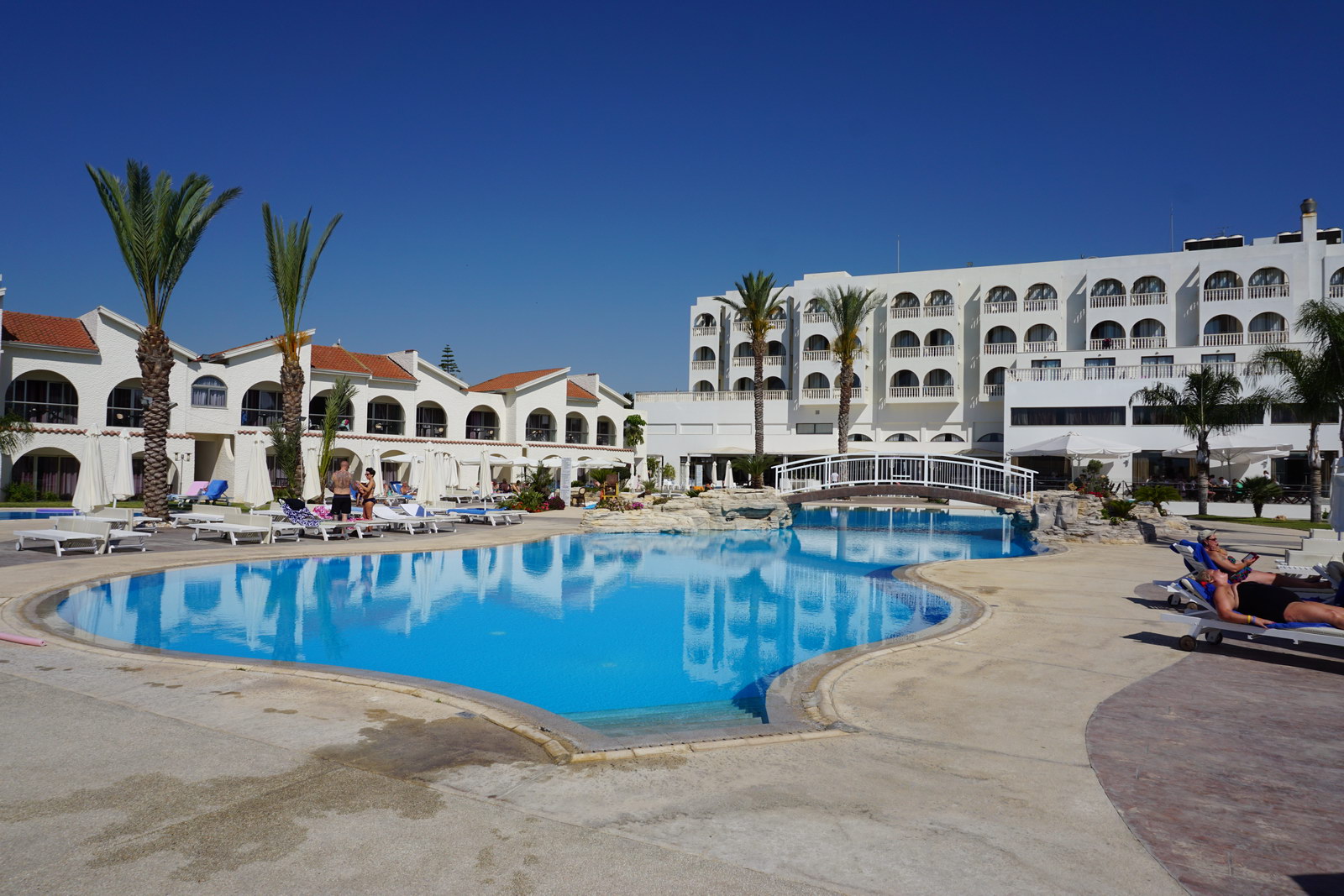
Rooms at Princess Beach Hotel: Main building, facing the sea, 5-storey: 3 residential and 2 basement floors, 2 side wings with bungalow rooms — 2 storeys. There are separate Bungalows — 1-room rooms of an increased area (bungalows on the ground floor do not have a balcony, only a terrace). The number of rooms is represented by 138 rooms, of which: 24 standard rooms (22 m2) with mountain views; 48 standard rooms (22 m2) with direct sea views, which are located in the main building (maximum occupancy 2 + 1), 66 Garden rooms (26 m2), located by the pool, with side sea views (maximum occupancy 2 + 2) … The rooms were completely renovated in 2003.

A direct dial telephone is provided for in-room work. Room service from 7:00 to 23:00. Extra towels and bedding, wake-up calls and ironing boards (upon request) are provided. Non-smoking rooms.
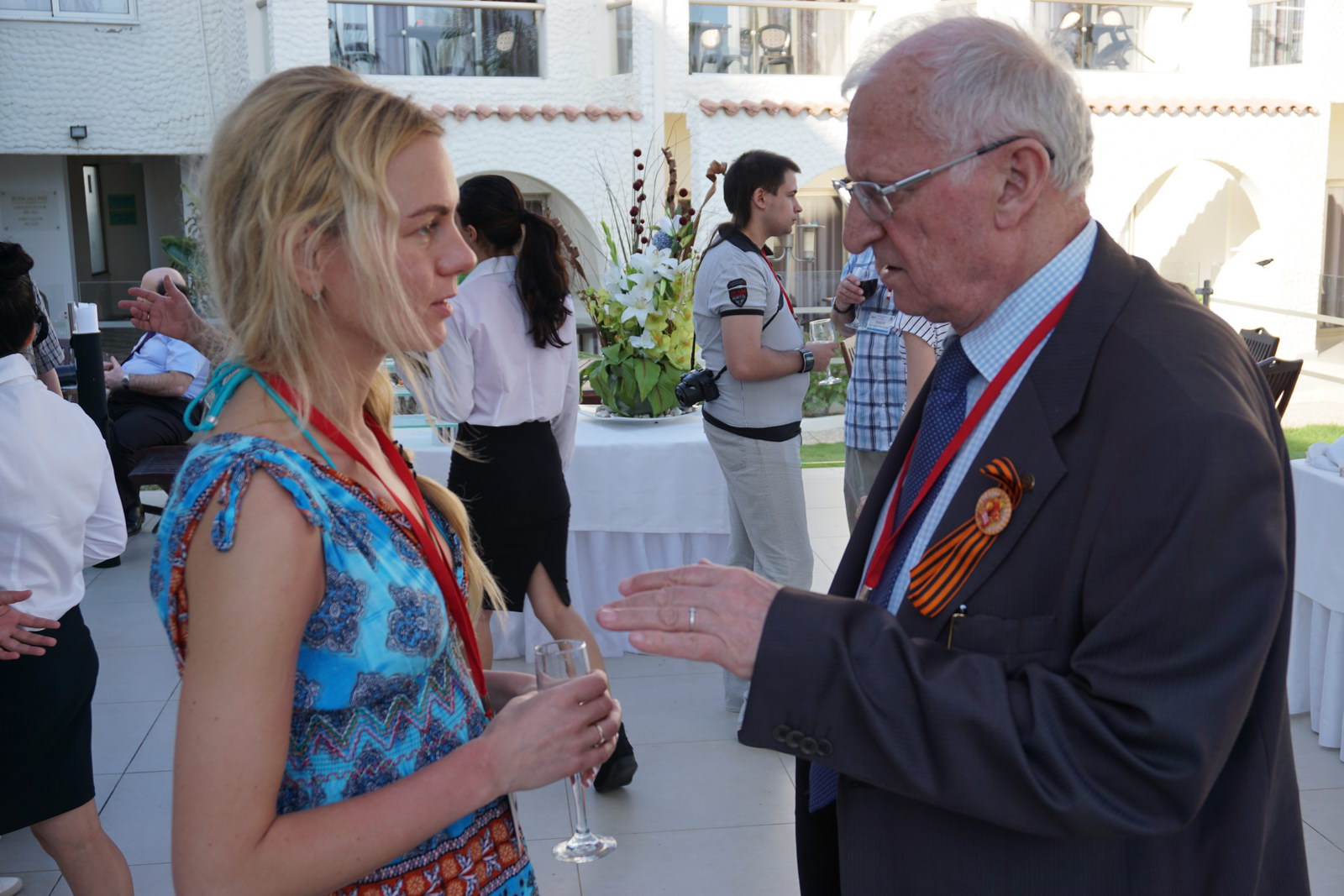
Organizing committee
Honorary Chairman — Academician of the Russian Academy of Sciences Bugaev Alexander Stepanovich, Presidium of the Russian Academy of Sciences, IRE RAS
Georgy Gens, LANIT — General sponsor Igor Kunitskiy, RDTeH — General sponsor
Maria Berberova, VNIIAES — Resp. Secretary, Chairman of the Jury of the Student Works Competition
Nadezhda Shalashilina, LANIT — Honorary Secretary
Stanislav Klimenko, IPTI — Chairman of the Organizing Committee Vasil Urazmetov, IPTI — Technical Director
Kirill Chuvilin, Moscow Institute of Physics and Technology — Compiler of Proceedings
Vladimir Pestrikov, MIPT — Head of Volunteers
Alexander Raikov, IPU RAS — Deputy Chairman of the Organizing Committee
Sergey Rotkov, NNGASU — Deputy Chairman of the Organizing Committee
Natalya Khitrova, Events — Press Secretary
Ravshan Burkhonov, MIPT — webmaster
Program committee
Co-chairman: Stanislav Klimenko, IPTI, Protvino
Co-chairman: Sergey Rotkov, NNGASU
Members of the Program Committee:
Aleshin Vladimir (MIPT), Antonov Alexander (IATE, Obninsk), Aslanidi Konstantin (Institute of Theoretical and Experimental Biophysics RAS), Afanasyev Aleksander (IITP RAS), Afanasyev Valery (MIPT), Balanovsky Leonid (Association of industrial experts), Borisov Tengiz (IPTI), Braguta Maxim (IPTI), Brusentsev Petr (Barco Simulation, Belgium), Vasin Yuri (UNN), Velbitsky Igor (Ukraine), Vengrinovich Valery (Belarus), Wolfenhagen Vyacheslav (MIPT), Govorunov Igor ( SSC PMB, Obolensk), Gurevich Mikhail (SIC KI), Dizhevsky Andrey (IPTI), Eremchenko Evgeniy (Neogeography), Zhdanov Alexander (ITMiVT), Zakharushkin Vladimir (VNIIAES, MIPT), Klementyev Alexander (USA), Klimenko Andrey (ISPTI) , Kostenko Vladimir (Council of Veterans, Kaluga), Kunitskiy Igor (RDTeKh), Massel Lyudmila (Institute of Energy Systems named after L.A. Melentiev SB RAS), Mestetskiy Leonid (Moscow State University), Mulyar Valery (National Association of Designers), Nechepurenko Yuri (Institute of Numerical Mathematics RAS), Nikitin Igor (IIPT), Nikitina Lyalya (IIPT), Timur Paltashev (USA), Vladimir Pivovarov (Crimea), Yuri Pirogov (IHEP), Evgeny Popov (NNGASU), Alexander Raikov (New Strategies analytical agency), Alexey Romanov (MIPT), Rotkov Sergey (NNGASU), Rykov Vla-dimir (MIPT), Rumyantseva Elena (Biotechnological cluster Pushchino), Sigov Alexander (MIREA), Slobodyuk Evgeniy (MIPT), Smetanin Yuri (RFBR), Starkov Sergey (IATE, Obninsk), Sudeikin Mikhail (MIPT), Vyacheslav Stolin (ITEP), Tiras Kharlampy (PushGENI), Aleksey Tolok (IPU RAS), Anatoly Tolstenkov (VNIIAES), Aleksandr Kholevo (MIPT), Sergey Tsyganov (RFBR), Andrey Chepovsky (HSE NRU ), Chuvilin Kirill (MIPT), Sharnin Mikhail (IPI RAS)
IPC Members:
Arnold David (UK), Sabine Coquillart (INRIA, France), Marina Gavrilova (University of Calgary, Canada), Andres Iglesias (University of Cantabria, Spain), Beckhaus Steffi (Germany), Wolfgang Heiden (BRS, Germany), Hagen Hans (Germany), Andre Hinkenjann (IVC BRS, Gemany), Hui-Huang Hsu (Taipei), Jehn-Ruey Jiang (Taipei), Michalcak Georg (Switzerland), Magnenat-Thalmann Nadia (Switzerland), Gianluca Mura (Politecnico Di Milano, Italy), Nielson Gregory (USA), Prasolova-Forland Ekaterina (NTNU, Norway), Reiser Martin (NTU, Singapore), Michael Rychagov (Samsung Research Center, Russia), Samet Refik (Ankara Uni, Turkey), Vladimir Savchenko (Hosei University, Japan), Seaman Bill (Duke Uni, USA), Sourin Alexei (NTU, Singapore), Sourina Olga (FhG IGD, Germany), Tom Sederberg (Brigham Young University, USA), Jiao Ying Shi (P.R.China), Shih Timothy K. (Taipei), Skala Vaclav (Czech Republic), Solomonick Abraham (Israel), Thalmann Daniel (Switzerland), Wetzel Iryna (Intergraph, Switzerland), Wolodchenko Alexander (Germany).
Contacts
Institute of Physical and Technical Informatics
Protvino, Moscow region, Zavodskoy proezd 6, 142281, Russia
Tel. + 7-4967-744761, e-mail: Stanislav.Klimenko@gmail.com
